About Evorel Patches
Evorel patches is a combined form of hormone replacement therapy (HRT), used to treat symptoms of the menopause. Most HRT treatments involve daily tablets. However, Evorel is a patch which is placed on the skin and changed twice per week. It releases one active ingredient, which emulates the female sex hormone oestrogen. It is a convenient alternative for patients who prefer not to swallow tablets every day. . . . . . . . . . . . . . . . . . . . . . . . . . . . . . . . . . . . . . . . ............. ........................
Evorel is a continuous combined treatment, which does not involve a regular period. For this reason, Evorel patch is suited for women who have already reached the menopause but still suffer from distressing symptoms.
What is Evorel?
How does it work?
What are the benefits of taking it?
How do I use it and its dosage?
Evorel is a prescription medicine. Always follow your doctor’s advice and read the patient information leaflet included in the medicine package. Evorel comes in a variety of doses and your doctor will try to prescribe the lowest possible dose to help with your symptoms.
Evorel comes as an adhesive patch that must be used continuously until it is time to replace it with a new one. Your Evorel patch needs to be replaced twice a week (every 3 to 4 days), which is generally best done on the same two days of every week (like Monday and Thursday).
If you are not currently using any form of HRT, you can start using Evorel on any convenient day. If you are switching from sequential or cyclical HRT treatment, you should start using Evorel the day after completing your previous cycle.
To apply the patch, make sure your skin is clean and dry and remove the protective backing to reveal the sticky side. Keeping your fingers away from the sticky side, apply the patch to the skin on the lower abdomen, thigh, or lower part and press gently for about 10 seconds. Avoid the waist area as this can be rubbed against clothing, and never apply the patch to your breasts or the area near them. Every time you change your patch, try changing the location slightly so the skin doesn’t get irritated.
The patches are designed to withstand normal activities like exercising, showering, and bathing so you don’t have to worry about it. However, be sure to check it after these activities to make sure it’s still in place.
You may have some light bleeding or spotting in the first few weeks, however, if it is heavy or persistent you should contact your doctor.
Evorel patches have an area of 16 cm2 and contain 3.2 mg of estradiol (corresponding to a release of 50 micrograms per 24 hours) and 11.2 mg of norethisterone acetate (corresponding to a release of 170 micrograms per 24 hours).
If you use too much Evorel, remove the patch. This is unlikely due to the way it is used, but if it does, symptoms could include breast tenderness and/or vaginal bleeding. If symptoms persist contact your doctor.
If you forget to change this estrogen hormone therapy medication, do so as soon as you remember. No matter what day this happens, change the newly applied patch again on the same days as your original schedule. Never double the dose to make up for a missed one.
Side effects & precautions
Please read the package leaflet to familiarize yourself with the side effects these estrogen hormone therapy patches may cause before using it. If any signs of the following are observed, you should seek urgent medical attention: a blood clot; an allergic reaction; a heart attack or stroke; liver problems like jaundice; a migraine; a change in blood pressure; seizures; breast, cervical, or ovarian cancer.
Very common (1 in 10 people or more):
- Irritation in the areas where the patch has been used.
Frequent (1 in 10 people or less):
- Hypersensitivity, sleep disturbances, depression or anxiety, headache, palpitations, varicose veins, chest pain, feeling unwell, flushing, diarrhea, chest pain, back or joint pain, vaginal discharge, irregular menstrual bleeding, painful menstrual periods, fluid retention, tiredness, or weight gain.
Uncommon (1 in 100 people or less):
- Oral yeast infection, loss of libido, flatulence, itching, skin rash, swelling of the hands and feet, or muscle pain.
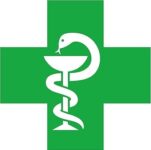
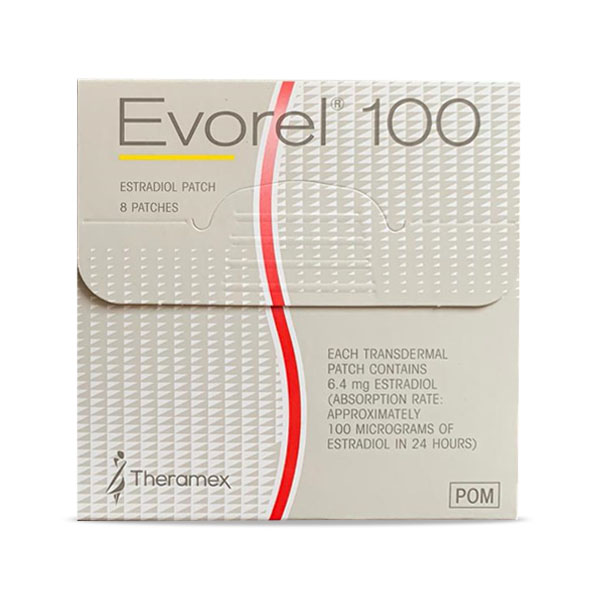
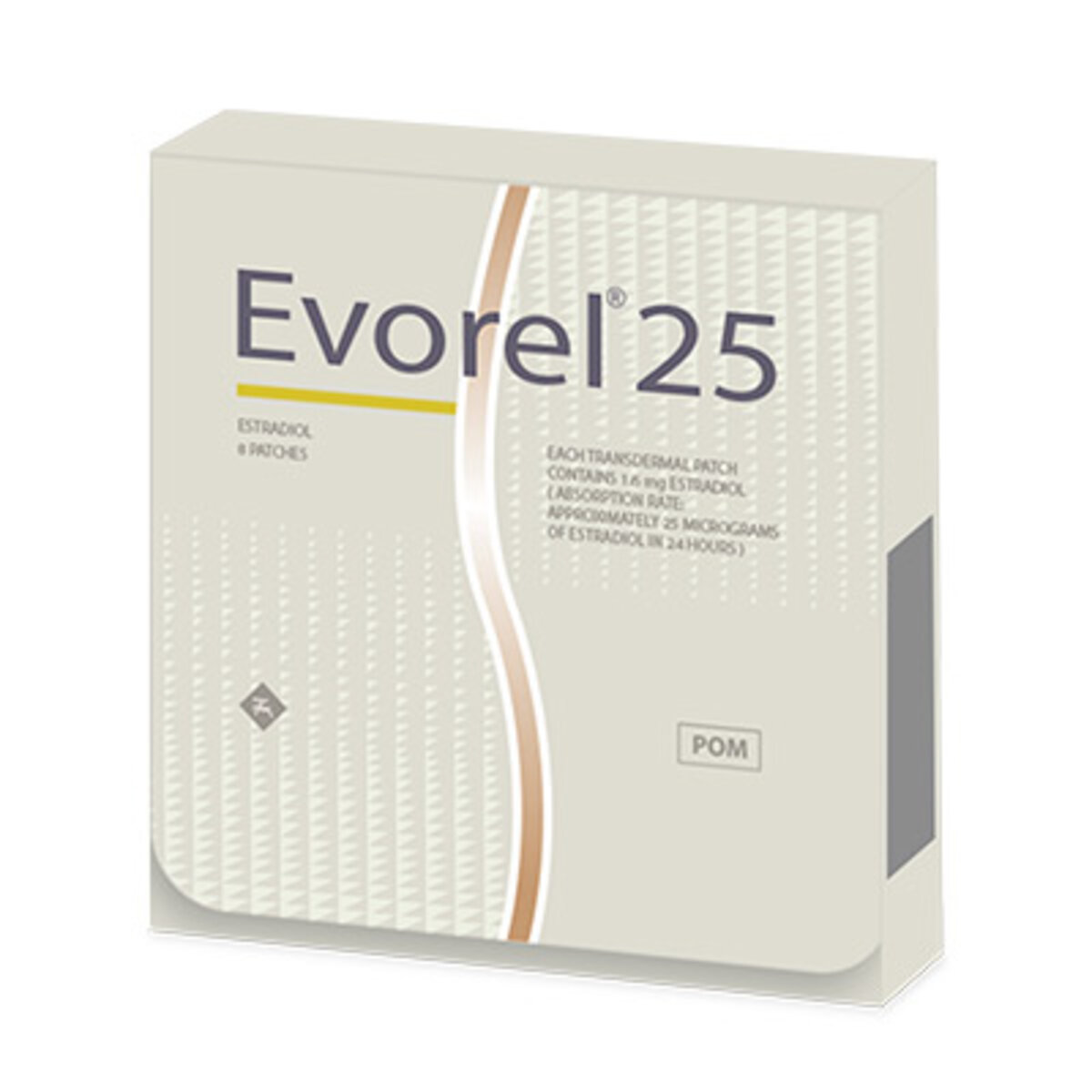
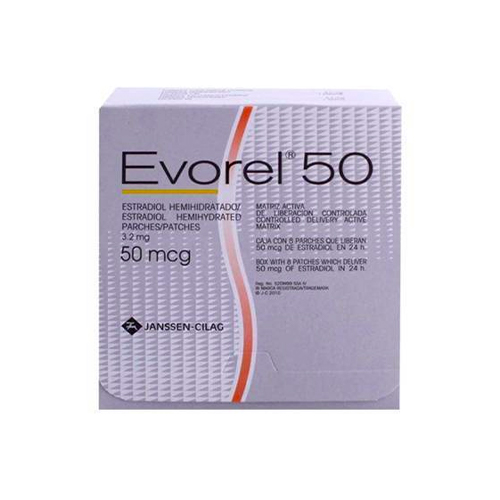
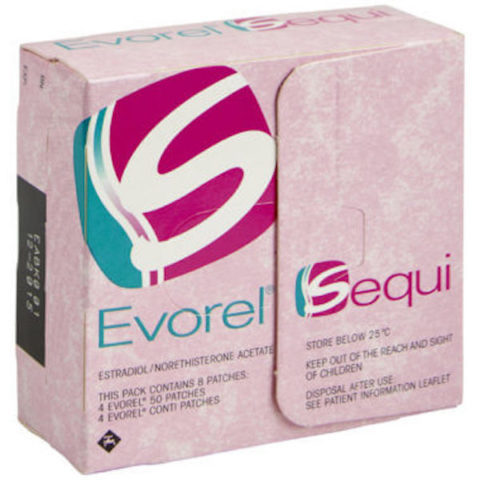
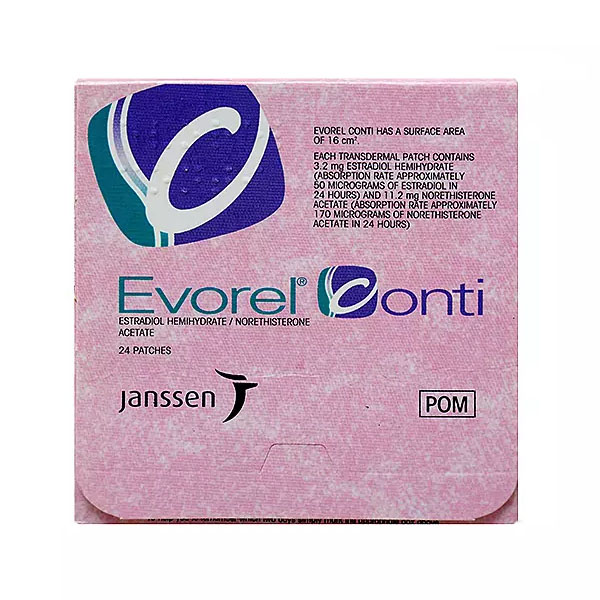
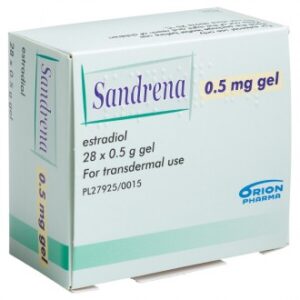
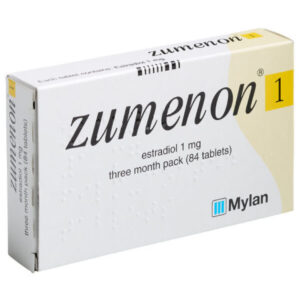
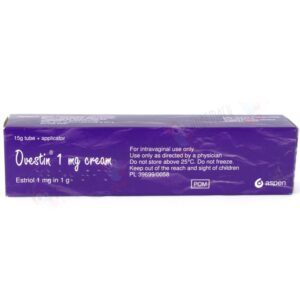

Reviews
There are no reviews yet.